LiviaToursJapan
-

Kyoto Hike
29 MAY – 10 JUNE, 2026 (Booked out, but waitlist possible) Join Asian Studies professor Livia Kohn on a wonderful study tour covering the temples, gardens, and museums of Japan. Enjoy impressive culture, beautiful scenery, amazing art, delicious food, and steaming hot tubs while learning first-hand about Japanese culture, religion, and lifestyle. June 1: Leave…
-

Zen and Nichiren
The blissful time of Heian came to an end with the eruption of major civil wars between ruling aristocrats—the emperor had increasingly lost power to noble in-laws and was now forced to appoint a shogun or grand general as his representative. Without dethroning the emperor and leaving Kyoto intact as a ritual center, the new…
-
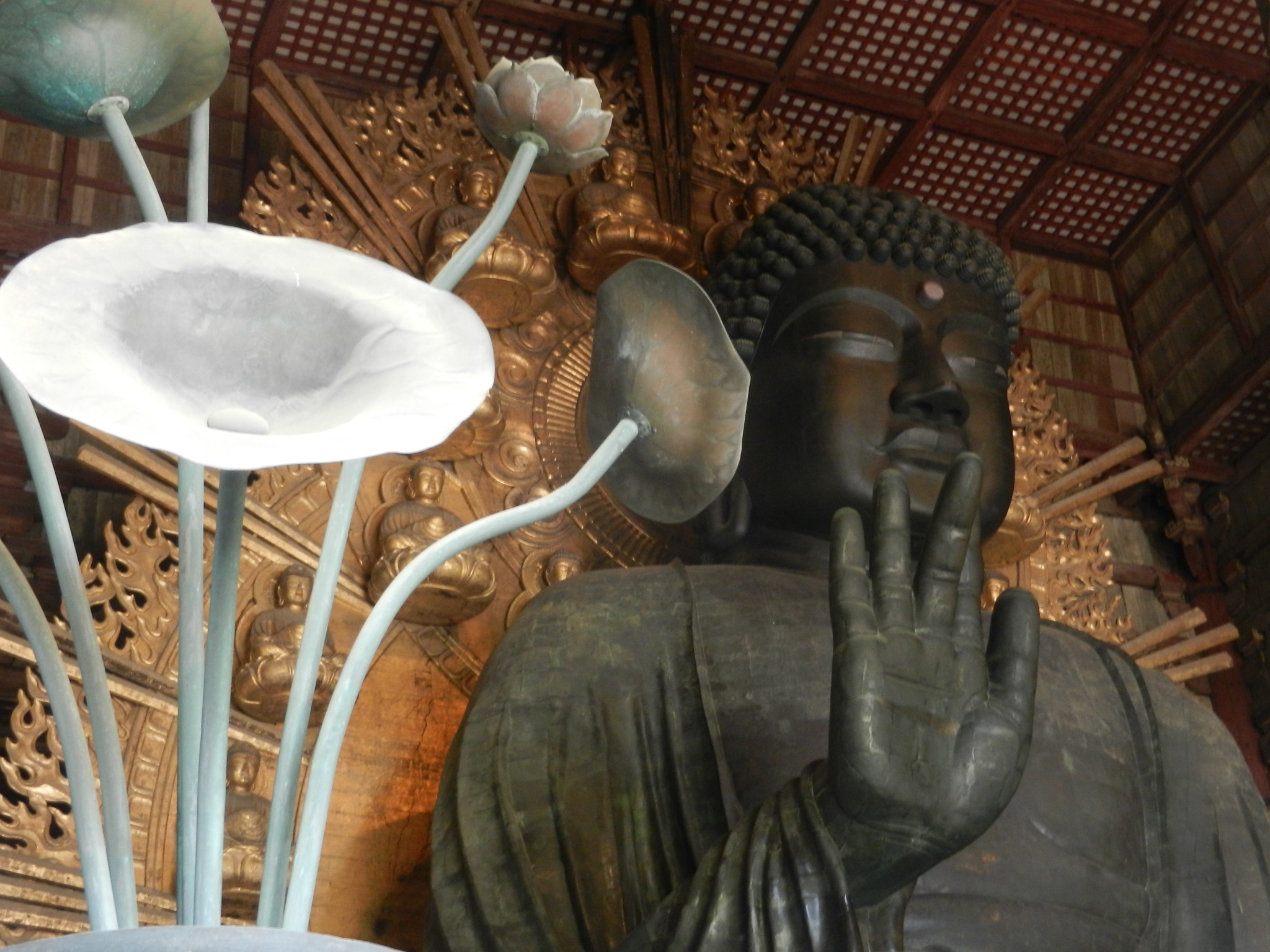
Japanese Buddhism
Buddhism entered Japan in its Mahayana form from Korea in the 6th century, the official date being 552. This time saw the unification of different local tribes under the still ruling imperial house of Japan, the Yamato clan from central Honshu. Especially the administration of Prince Shotoku (573-621), a senior official of the Soga clan,…
-

Buddhism Overview
Buddhism goes back to the Buddha, who lived in Northern India in the 6th c. BCE. Originally called Shakyamuni (tribe) Gautama (clan) Siddharta (personal name), he obtained the title buddha, which means “the enlightened one” and derives from the word bodhi (enlightenment), after an exhaustive search for salvation. Born as a prince and protected from…
-
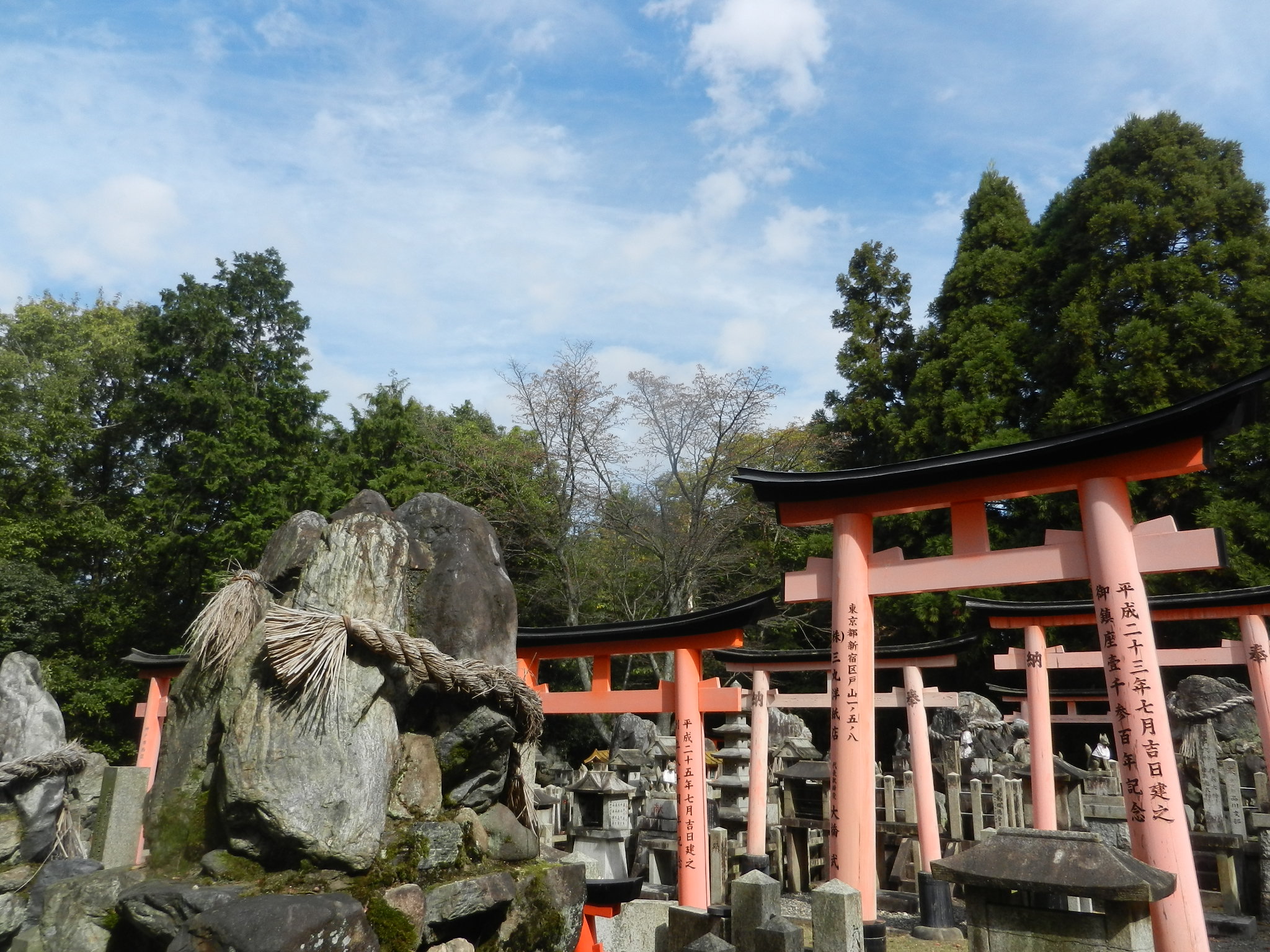
Shinto Gods
Seven Lucky Gods 1. Benzai ten (Sarasvati), Hindu goddess of music, wisdom, wealth; associated with ancient Indian river, thus often near spring or creek; depicted as court lady with flowing robes, holding a lute. Giver of wisdom and wealth. 2. Daikoku ten (Mahakala), the great black one, ancient Indian god of wealth; depicted as squat…
-
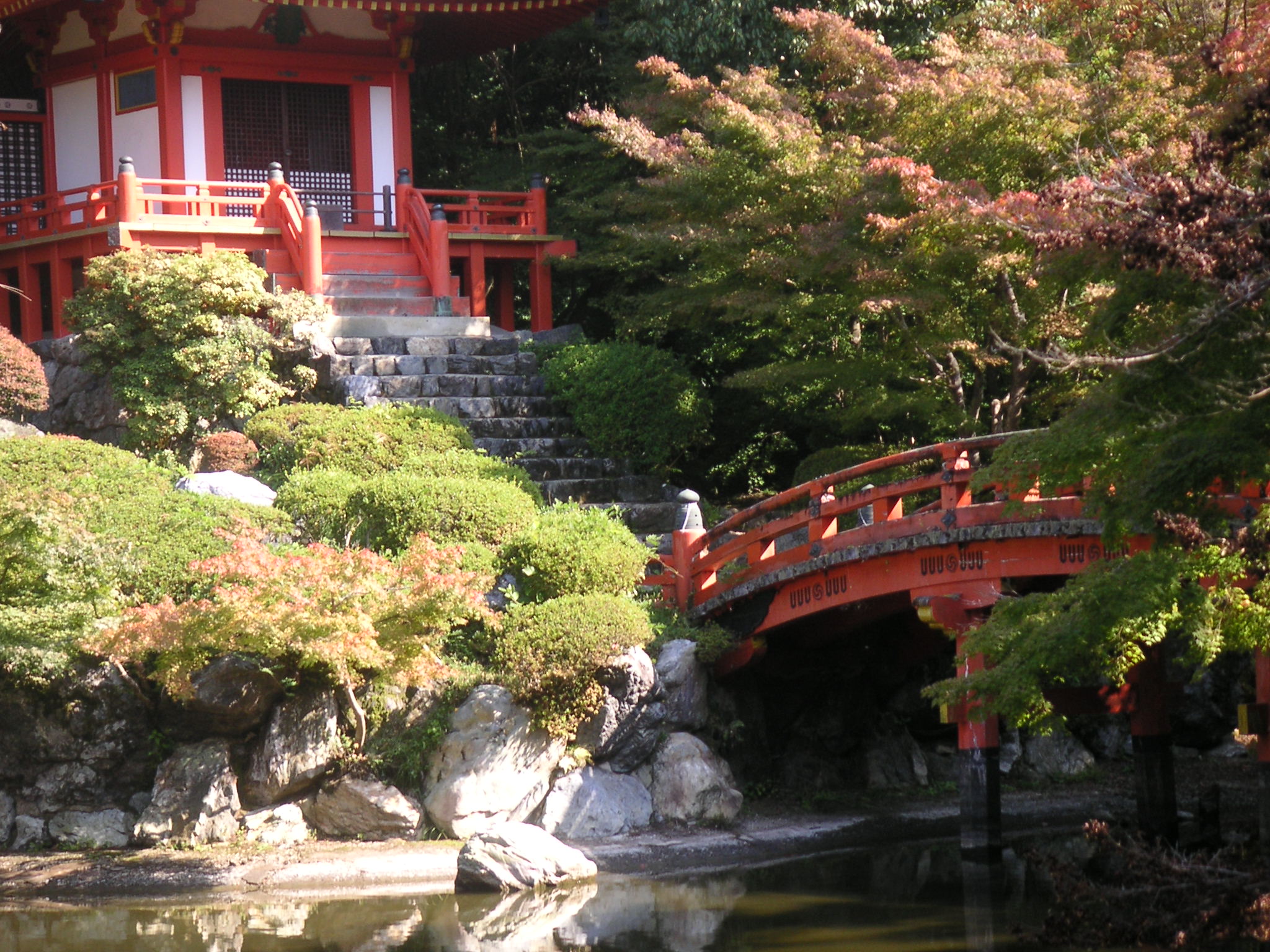
Forms of Shinto
Shinto comes in three forms: Shrine Shinto, State Shinto, and Sect Shinto. Shrine Shinto is most common. It worships kami or Shinto gods, invisible spirit forces that are superior to human beings in both knowledge and power and dwell in a heavenly realm known as the High Plain of Heaven. The first two gods Izanagi…
-
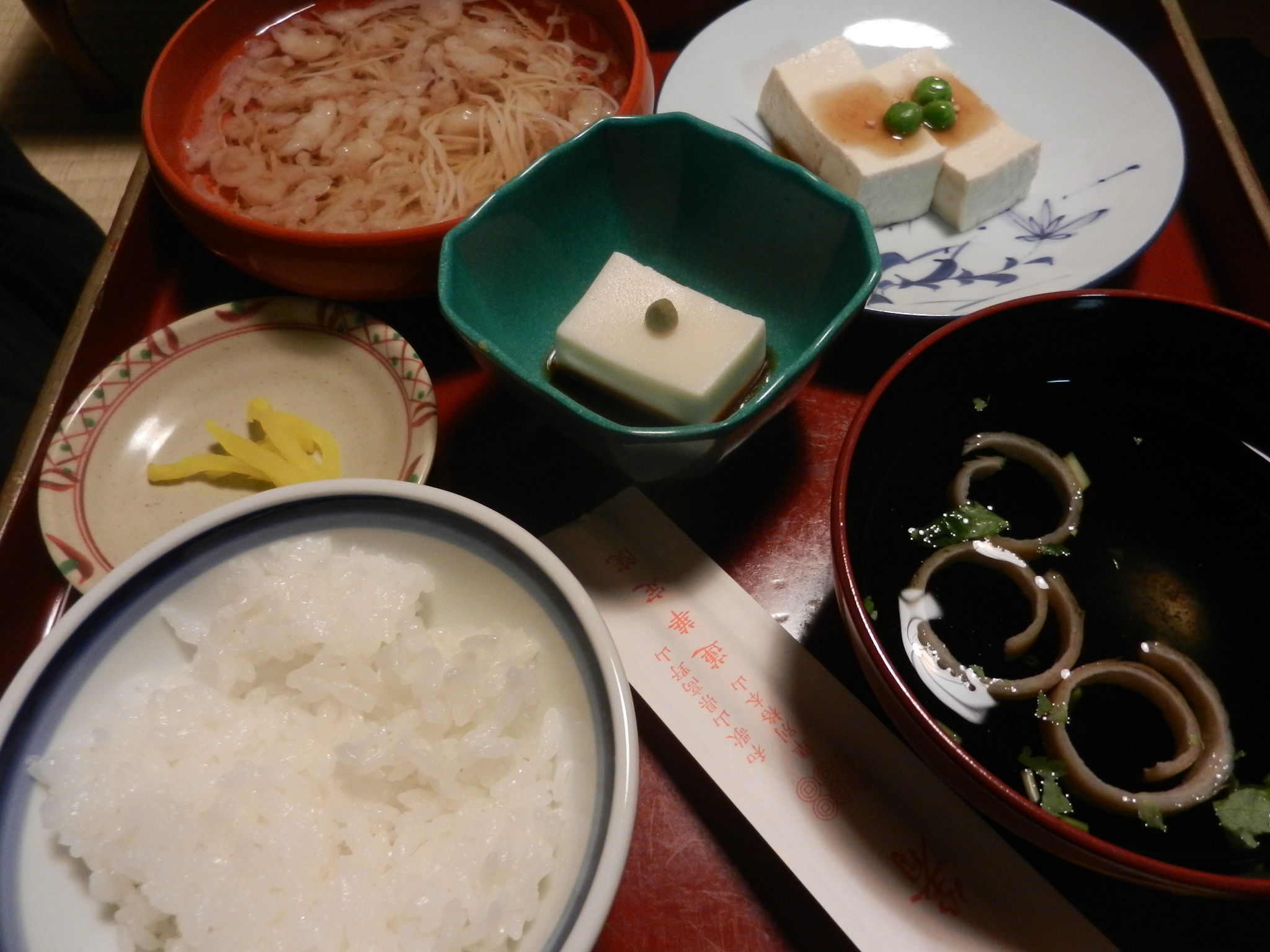
Food and Money
Japanese food is tasty and highly varied. It is a lot more than fish and rice, although those are important basic ingredients, joined by many forms of seaweed, vegetables often pickled in creative ways, and soybean products, such as tofu and miso. Most people nowadays eat western-style breakfast, with coffee and tea, cereal and milk,…
-

The Transit System
Like many Japanese cities, Kyoto has an excellent and rather intricate public transportation system. There are multiple companies that run trains and buses, but you can take any of them these days with the IC card, which also works for all other means of transportation throughout the entire country. There are six train lines in…
-
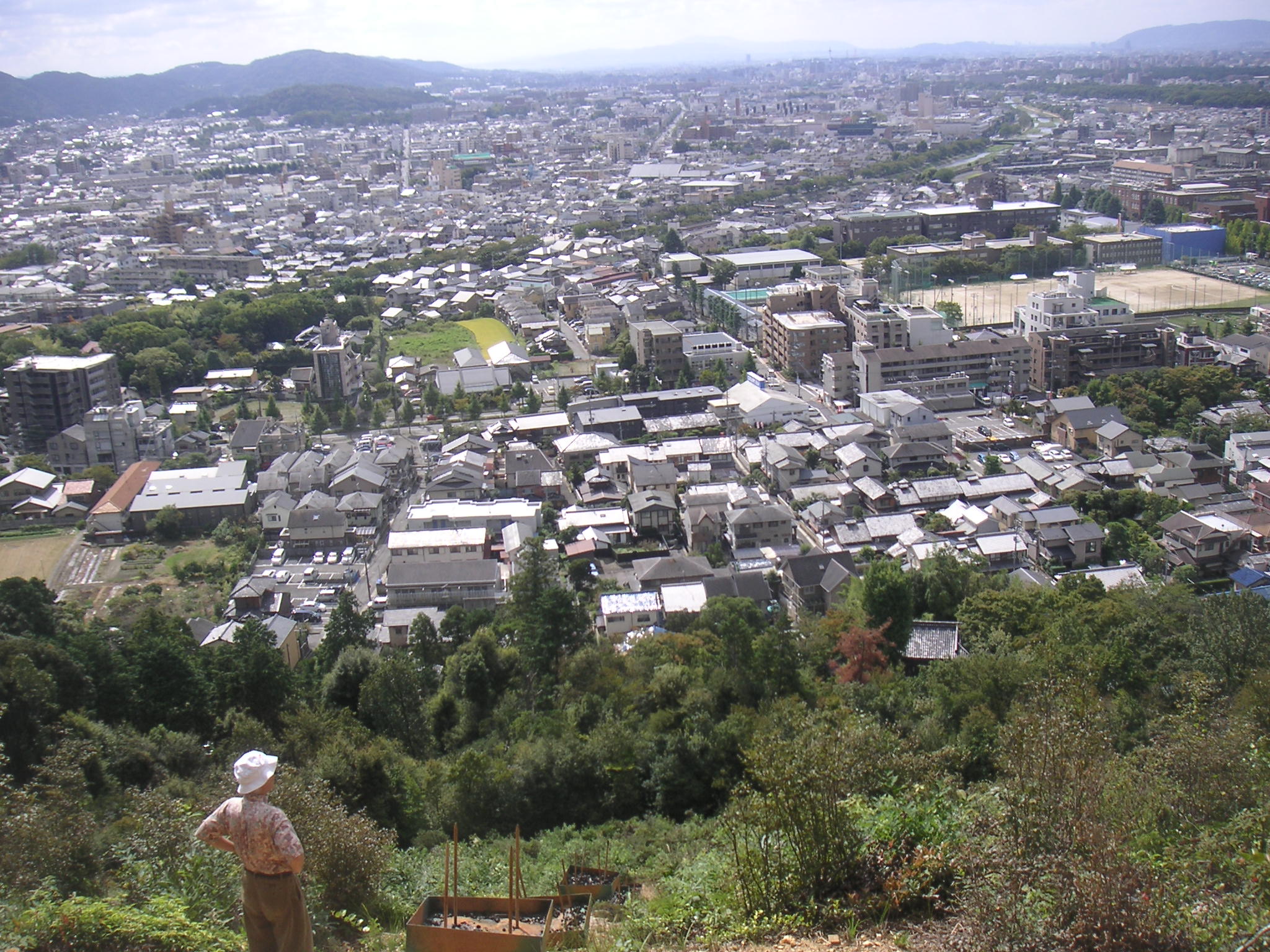
Kyoto Orientation
Kyoto was founded in 794 and built in close imitation of Chang’an, the Chinese imperial capital at the time (modern Xi’an). Its streets are laid on in a grid, running straight north-south or east-west. The east-west streets, moreover, are numbered from one to nine, giving a good sense of orientation and structure. Before I describe…
Got any book recommendations?